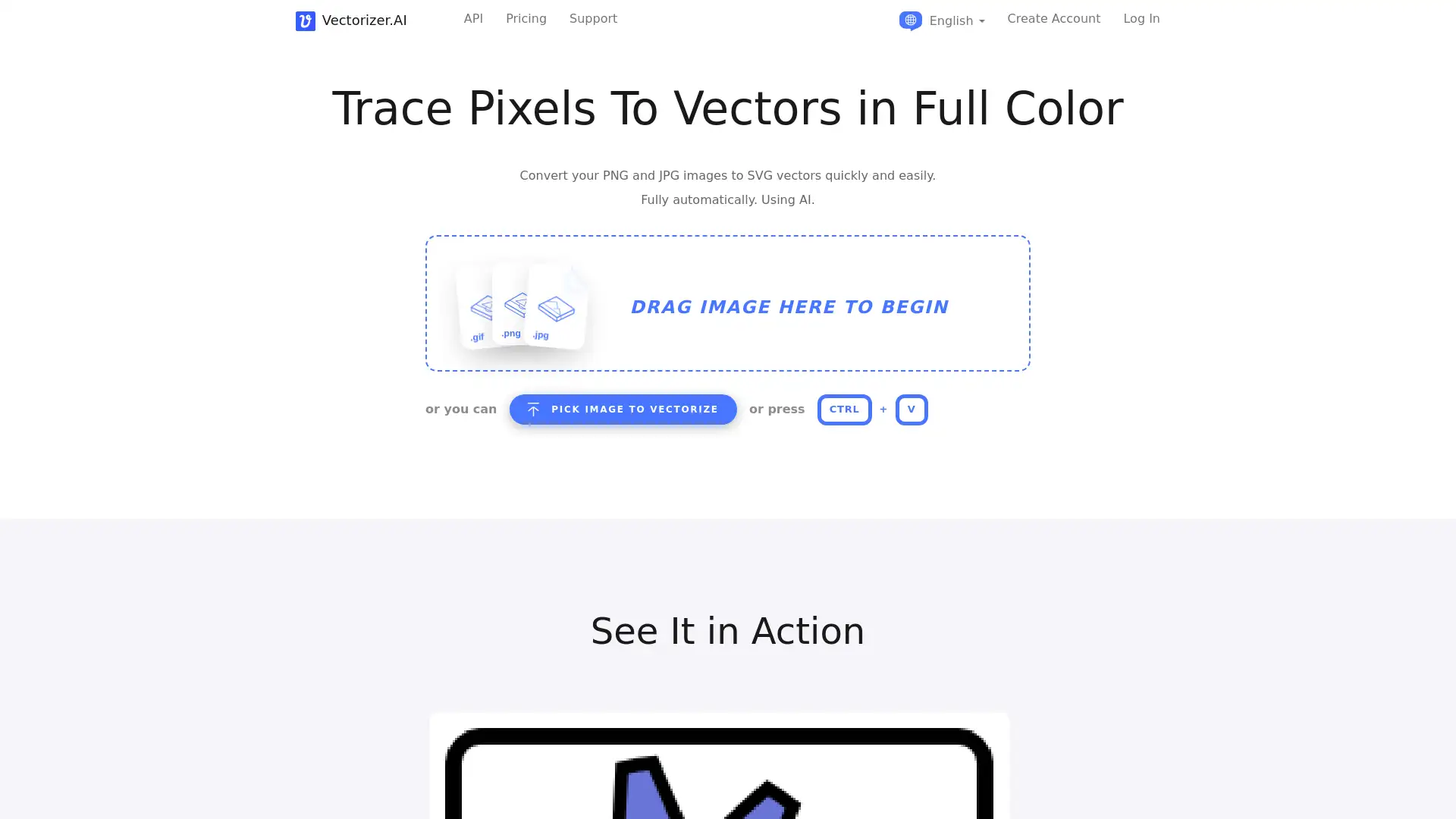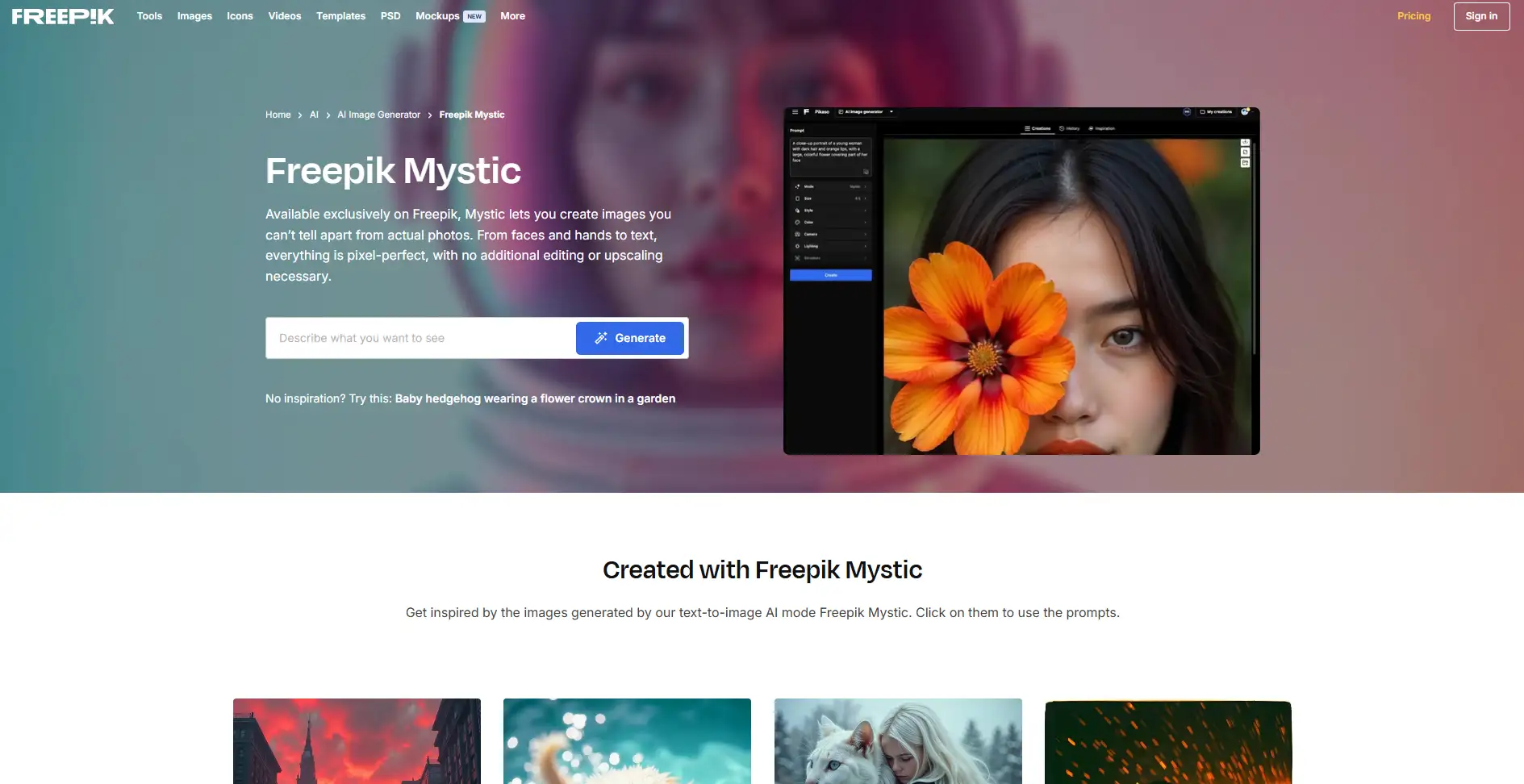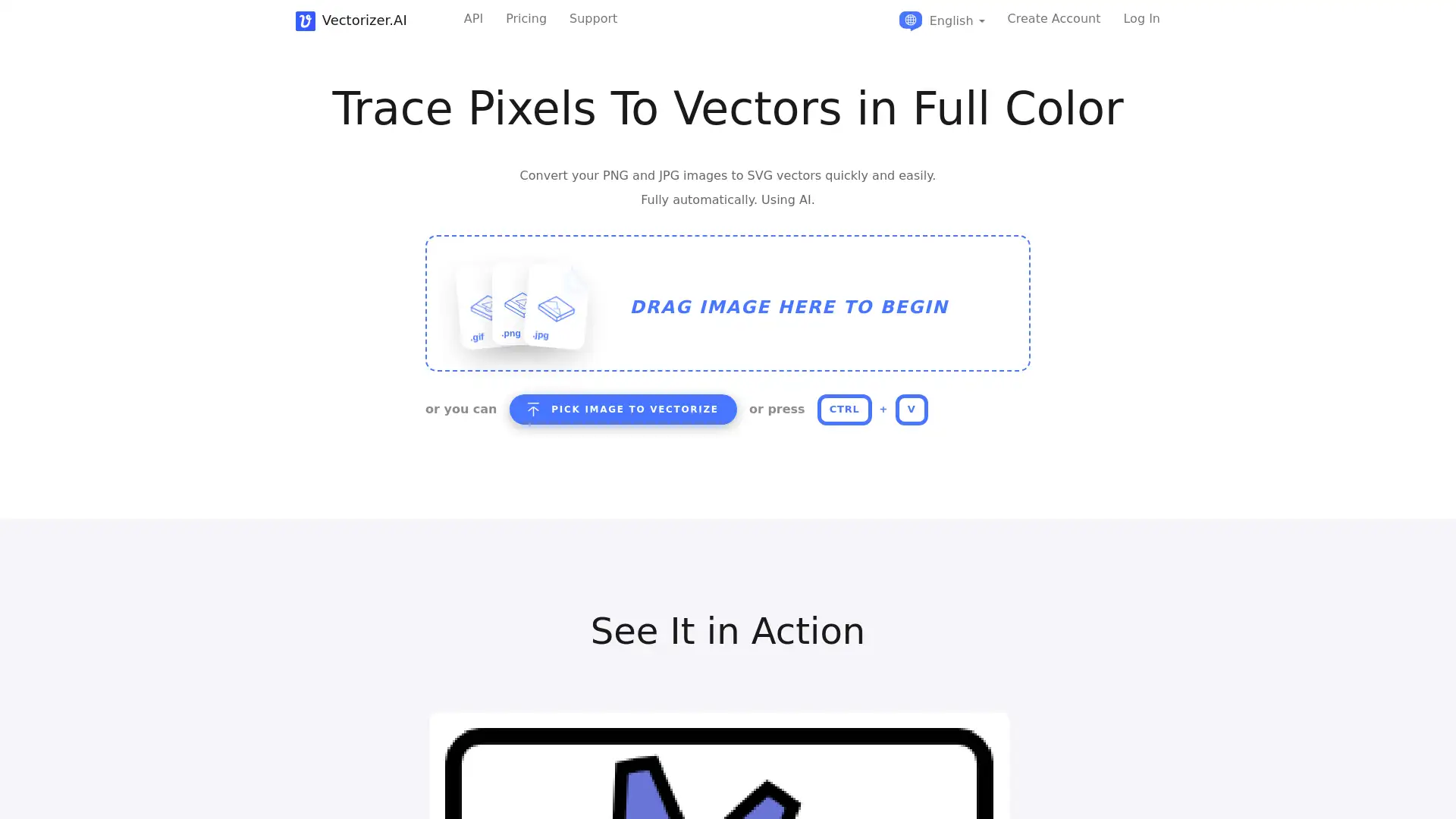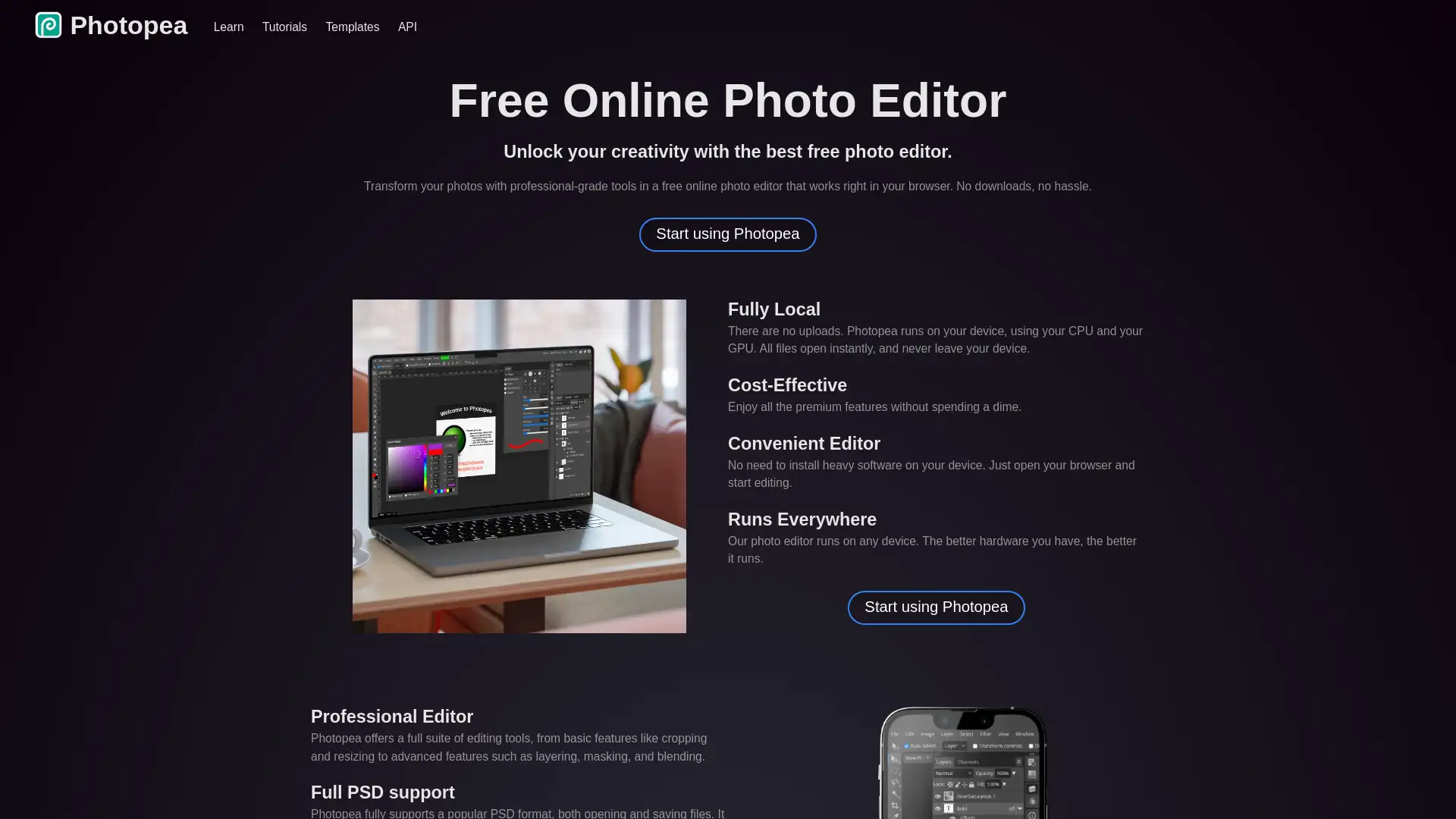Best 6 AI Tools for Vector Graphics in 2024
Vectorizer AI, Freepik Mystic, Recraft AI, Vectorizer AI, Photopea, Vectorize AI are among the best paid and free Vector Graphics tools available.
Introduction to AI Tools for Vector Graphics
AI tools for vector graphics are advanced solutions designed to assist users in creating, editing, and manipulating vector-based images. These tools leverage artificial intelligence to automate processes such as image conversion, vector creation, and style control. They are particularly valuable for designers, illustrators, and developers, offering precision, efficiency, and enhanced creativity. With the ability to transform raster images into scalable vector formats, AI tools streamline workflows and ensure high-quality outputs in various applications, from web design to professional artwork.
Key Characteristics of AI Vector Graphics Tools
AI vector graphics tools offer unique capabilities that adapt to both simple and complex tasks. These tools support features like automatic image tracing, precision scaling, and style customization. Their adaptability enables the conversion of images into scalable vectors with ease, while offering browser-based solutions for on-the-go creativity. Distinguishing features include AI-driven style control, advanced editing tools, and seamless integration with existing workflows, allowing for high-quality output and increased productivity.
Who Can Benefit from AI Vector Graphics Tools?
AI vector graphics tools are ideal for a diverse audience, including beginners, designers, developers, and professionals in the creative field. Novices can use these tools without any coding experience, while developers and advanced users can customize functionalities for specific needs. The tools are accessible through intuitive, browser-based platforms, offering flexibility for both casual users and experts looking to enhance their workflow.
Advanced Insights into AI Vector Graphics Solutions
AI vector graphics tools offer tailored solutions across multiple sectors, including web design, branding, and digital art. These tools provide user-friendly interfaces that reduce the learning curve while maintaining high levels of functionality. Integration with existing systems enhances workflow efficiency, making these tools versatile for both standalone projects and larger design ecosystems.





